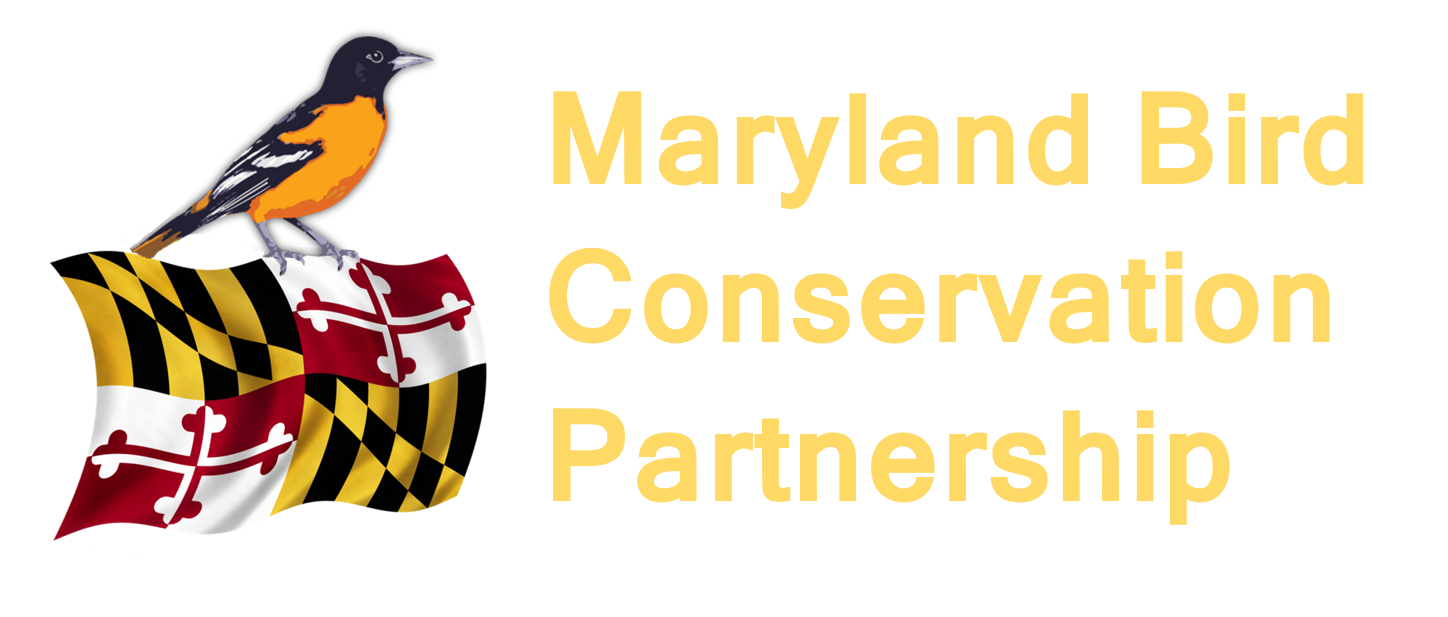Chimney Swift Conservation Program
Aerial Insectivores Decrease Infographic courtesy of Cornell Lab of Ornithology.
Chimney Swifts (Chaetura pelagica) are one 26 species of aerial insectivores in North America. As a group, aerial insectivores—birds that eat flying insects—are declining rapidly. Aerial insectivores include swifts, nightjars, and swallows. As the graphic at right shows, the number of breeding adult aerial insectivores has declined 32% since 1970, a loss of 160 million birds. Barn Swallows have declined 40%, but more significantly, swifts have lost more than 19 million birds, a staggering 65% decline since 1970!
Aerial insectivores are extremely sensitive to environmental change. The increased effectiveness and use of agricultural insecticides such as synthetic neonicotinoids have greatly reduced their prey base of flying insects. Neonicotinoids are also suspected in declines of native pollinators. Decreasing pesticide use, in agriculture and around the home, will benefit bees and butterflies as well as aerial insectivores.
Chimney Swift Recovery Goal
The Chimney Swift Recovery Goal sets the strategic direction to arrest or reverse the decline of swifts in Maryland, with the following objectives:
Assess the population – distribution, abundance, trends, and threats
Identify, protect, and restore nesting and roosting habitats
Increase the availability of nest sites
Public awareness
Chimney swift nesting sites
Nesting habitat for swifts is primarily chimneys, and occasionally tree cavities. Increasing availability of nest sites includes educating home and business owners about the need for uncapped chimneys for swifts, as well as constructing Chimney Swift towers. Swift towers provide a wonderful opportunity for nest cams, which can provide a rare glimpse into the normally unseen nesting behavior of these charasmatic “flying cigars.”
“Having the Chimney Swifts come to nest in our chimney every year has been such an awesome and fascinating experience. I have learned so much about them that I never knew since moving into this home and finding out we had them.”
Chimney Swift Conservation Program
MBCP’s Chimney Swift Conservation Program reviews population trends and current status for swifts nationally and in Maryland, information on swift nests, and national and regional Chimney Swift conservation programs.
Download the Chimney Swift Conservation Program document
Learn More about Chimney Swifts
Paul and Georgean Kyle started the Chimney Swift Conservation Association and published two excellent books. Click here to read more about each book.
You can obtain a free PDF of “Chimney Swift Towers” (including a construction guide). For a donation of $20 you can get “Chimney Swifts: America’s Mysterious Birds Above the Fireplace.” Contact MBCP if you would like one or both books.
Other Resources
Watch a video of an estimated 1200 swifts entering a roost chimney at St. Michael’s church in the Overlea area of Baltimore filmed by the Natural History Society of Maryland on September 26, 2021.
Chimney Swift Conservation Association: chimneyswifts.org
Chimney Swift Information Handout (PDF)
“Chimney Swifts and Their Relatives” by Margaret Whittemore (1981)






